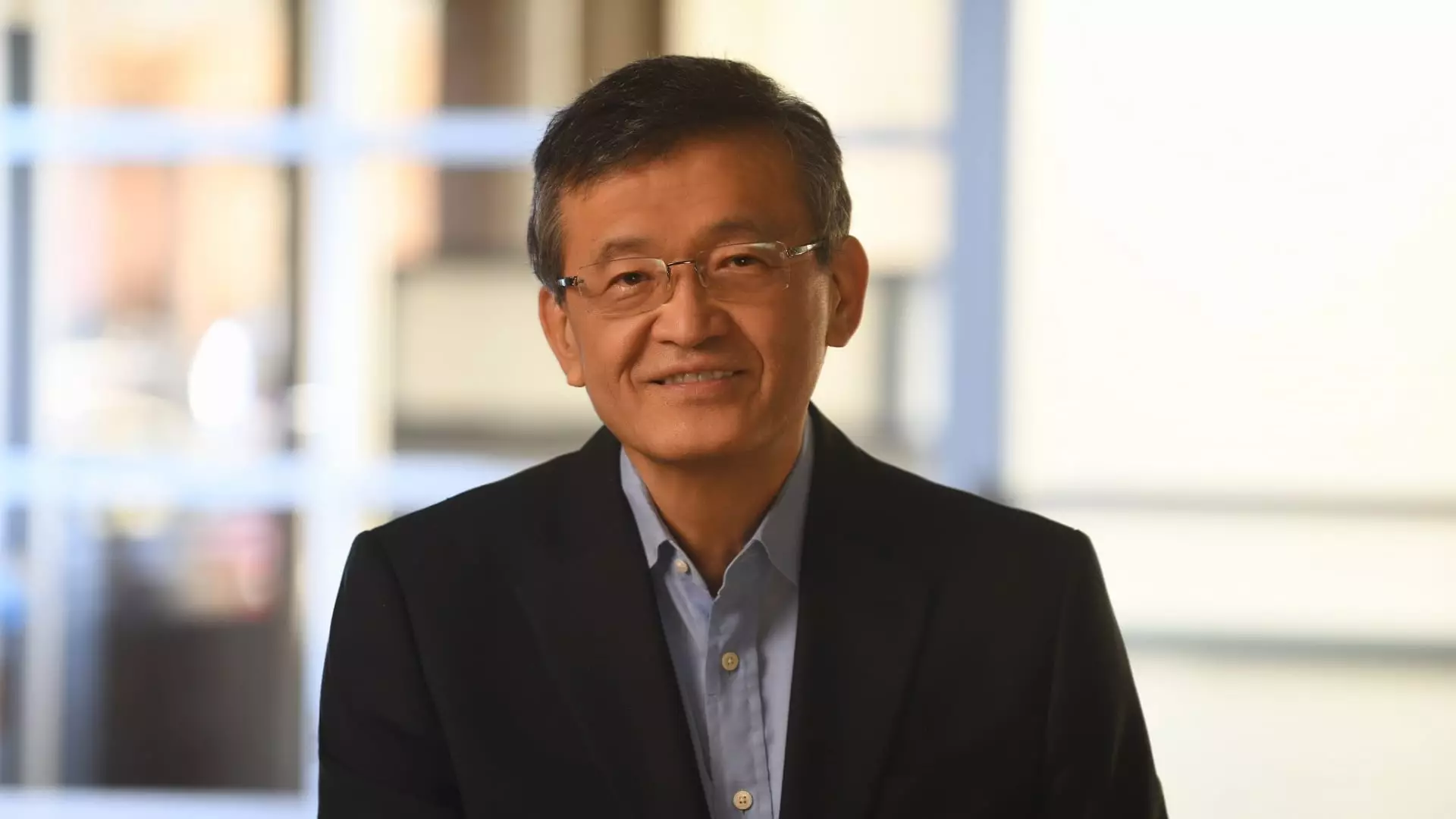Intel’s recent announcement of Lip-Bu Tan as its new CEO marks yet another tumultuous chapter in the company’s ongoing saga. The semiconductor giant has been plagued with leadership upheavals that often mirror its declining market dominance. With Tan stepping in, he becomes the fourth permanent CEO in just seven years—a staggering statistic that underscores a deep-rooted instability exacerbated by previous management strategies. While the appointment has elicited a positive response from the stock market, with shares rising over 12% during extended trading, my skepticism lingers. One cannot help but wonder whether this new leader can truly navigate the complex landscape that is the semiconductor market or if he will simply be another scapegoat for a company spiraling out of control.
Constant Leadership Revolts
The dizzying carousel of CEOs—Brian Krzanich, Bob Swan, Patrick Gelsinger, and now Tan—illustrates a striking lack of coherent leadership strategy within Intel. Each former CEO left their position after what can only be described as catastrophic mismanagement. Most recently, Gelsinger had ambitious plans to pivot the company towards becoming a foundry that produced chips for third parties, not just in-house designs. However, this vision fell flat as Intel struggled to compete with nimble rivals like Nvidia, which capitalized on the growing demand for artificial intelligence. There is a collective confusion among shareholders, who must be questioning whether the revolving door of executives will ever stop spinning. The lack of continuity hampers long-term strategy development, making it difficult for Intel to reclaim its former status as a leader in the industry.
An Unhealthy Competitive Landscape
Intel’s struggles are particularly pronounced in the context of fierce market competition—specifically, its battle with Nvidia. While Intel’s market cap languishes at around $89.5 billion, Nvidia has shot up to heights previously unimaginable, boasting a valuation that eclipses Intel by a factor of thirty. The current landscape in tech seems to favor companies that can offer innovative and specialized products, especially in sectors like AI and data processing that require high levels of computational power. Nvidia’s GPUs have become synonymous with AI advancements, while Intel’s attempts to break into this lucrative area have met with frustration and failure. Tan’s leadership will be tested against this backdrop, and trends suggest striking out against Nvidia will be an uphill race.
Cost-Cutting vs. Innovation
A significant point of concern lies in Intel’s conservative approach to its core competencies. While analysts advocate for aggressive cost-cutting to please investors, this often translates to short-term gains at the expense of longer-term innovation. This delicate dance can be destructive, especially when a major player like Intel is trying to resurrect its dwindling product lines and simultaneously cater to shareholder demands. Tan takes over in a period when many are clamoring for a bold strategy, yet the prevailing corporate mentality remains fixated on ensuring immediate profitability. Such a mindset may ultimately lead to strategic stagnation, allowing agile competitors to widen the chasm even further.
Investors’ Discontent and Future Hurdles
Despite the immediate optimism following Tan’s appointment, there is an underlying discontent among investors who have watched Intel’s stock plummet by 60% last year alone. Incidentally, the company even drew interest from rival firms looking to acquire portions of its business. Shareholders are well aware that history has shown firms grappling with restructuring efforts often take longer to bounce back, leading to an X-factor of unpredictability. With forecasts already pointing toward a weaker economic trajectory, the onus lies with Tan to take bold initiatives rather than relying on the same tired strategies of previous executives. The potential prospect of tariffs and the global economic climate are additional uncertainties that loom large over the company’s future.
The Road Ahead: A Complicated Path
In sum, Lip-Bu Tan’s leadership will be scrutinized under the weight of past failures and market pressures. Although he brings substantial experience from his tenure at Cadence Design Systems and an impressive resume, the real question becomes whether he can navigate Intel out of its self-imposed quagmire. The challenges are immense, but perhaps amidst the chaos lies an opportunity for reinvention. Yet, as history has taught us, each promise of revival has often crumbled under the weight of expectation. Without genuine, innovative change, Intel runs the risk of becoming a mere footnote in the annals of tech history.

